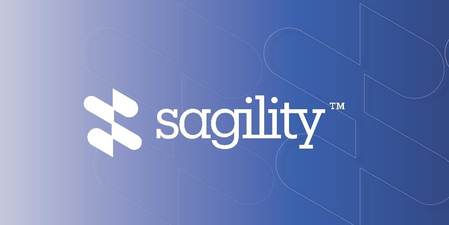
Mumbai, June 3 (IANS) The stock of healthcare company Sagility India Limited has declined by 31.76 per cent from its 52-week high of Rs 56.40, with the current trading price at Rs 38.49 on the National Stock Exchange (NSE).
The stock of the company, a leading global provider of technology-led business solutions and services to clients in the healthcare industry, further slipped 1.16 per cent or Rs 0.45 on Tuesday during the intra-day trading session.
Over the past few days, the stock has shown a mixed performance. It is down 2.01 per cent in the last five trading sessions and has dropped 6.58 per cent over the past one month.
On a year-to-date (YTD) basis, Sagility shares have fallen 19.68 per cent. However, over a six-month period, the stock has gained 7.97 per cent.
Investor sentiment appears to have been impacted by the promoter’s decision to reduce its stake. On May 27, shares of Sagility India hit the 5 per cent lower circuit, falling to Rs 40.70, the lowest level since May 9, after the company announced an offer for sale (OFS).
The OFS is part of a move by its promoter, Sagility B.V., to meet the minimum public shareholding requirement.
Sagility B.V. offloaded up to 15.02 per cent of its stake in the company through an Offer for Sale (OFS) conducted on May 27 and May 28.
The base offer included 34.61 crore equity shares, accounting for 7.39 per cent of the company’s paid-up capital.
An additional 35.69 crore shares (7.62 per cent) were also offered under the oversubscription option, bringing the total possible sale to 70.3 crore shares.
As of the March 2025 quarter, the promoter held approximately 82.39 per cent stake in the company. The share sale, while aimed at regulatory compliance, has led to investor caution, contributing to the recent slide in stock price.
Sagility India is a healthcare solutions provider that primarily serves US-based payers, such as health insurance companies, and healthcare providers, including hospitals and physicians.
The company offers a broad range of services, including core benefits administration, clinical support, revenue cycle management, and claims processing for payers.
–IANS
pk/na




